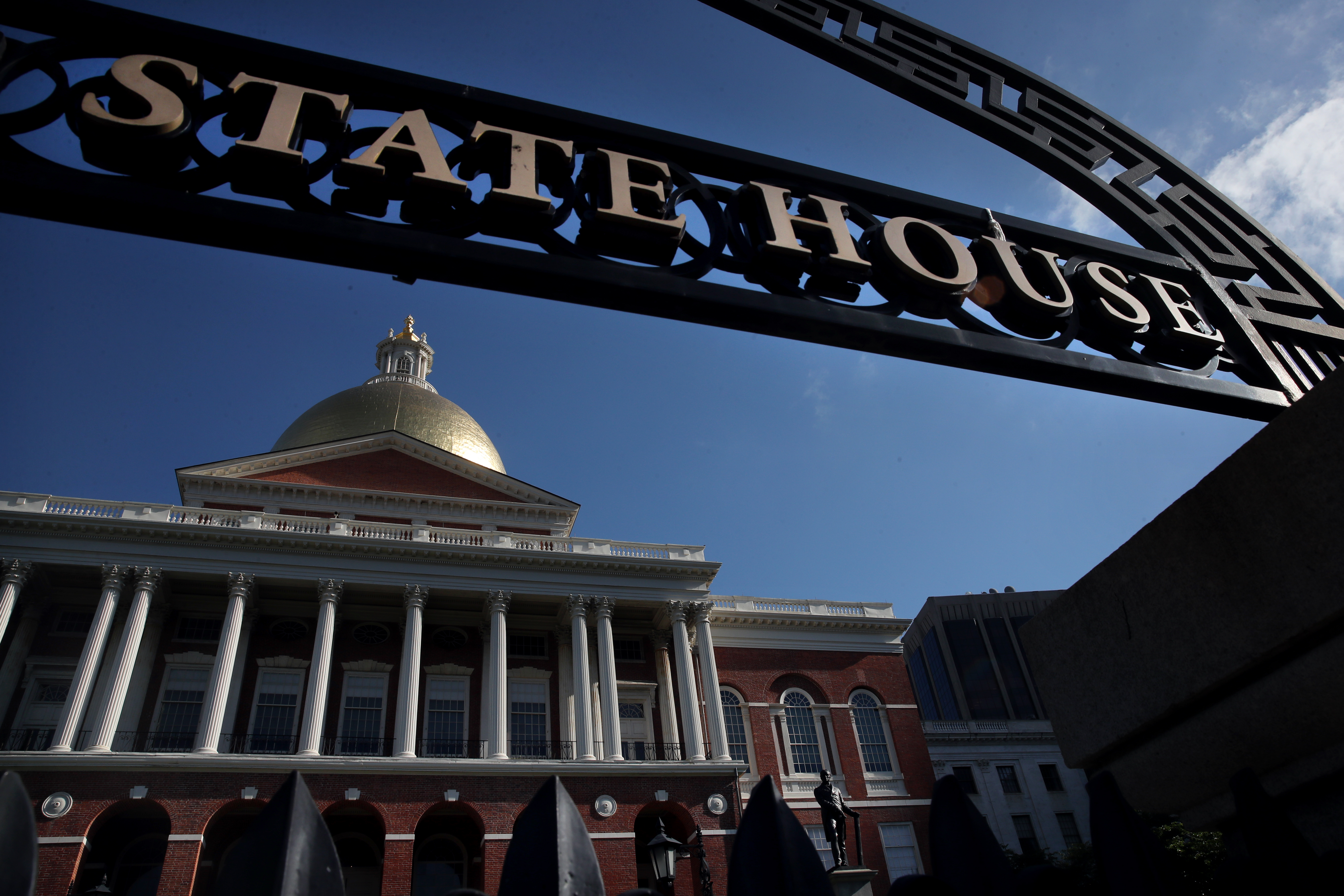A controversial statue in Boston featuring President Abraham Lincoln with a freed Black man on his knees was removed Tuesday from Park Square.
A controversial statue featuring President Abraham Lincoln with a freed Black man on his knees has been removed from Boston's Park Square.
Boston officials decided over the summer to take down "The Emancipation Group," a replica of a statue in Washington, after thousands of people signed a petition for it to be removed.
Petition creator Tory Bullock said at the time the statue has bothered him since he was a child. He often asked himself, "If he's free, why is he still on his knees?"
The Boston Art Commission voted unanimously to remove the figure. City officials have acknowledged that the statue has been criticized since it was installed in 1879 for its depiction of the freed Black man.
"It's been making people who look like me feel a certain way for a very long time," Bullock said.
Bullock started the petition earlier this year that eventually gained nearly 13,000 signatures.
"It brings a feeling of… kind of validation," Bullock said. "A feeling of… if we see something that we don't agree with… we can stand up and say something and a lot of people may listen and may force the process that wouldn't have happened otherwise."
Get top local stories in Boston delivered to you every morning. Sign up for NBC Boston's News Headlines newsletter.
"As we continue our work to make Boston a more equitable and just city, it's important that we look at the stories being told by the public art in all of our neighborhoods," Mayor Marty Walsh said in a statement. "After engaging in a public process, it's clear that residents and visitors to Boston have been uncomfortable with this statue, and its reductive representation of the Black man's role in the abolitionist movement. I fully support the Boston Art Commission's decision for removal and thank them for their work."
The city was slated to take a number of steps before the statue was removed, according to Walsh's office, including engaging an art conservator to recommend the proper procedure and find temporary storage.
A commission of detailed documentation of the artwork was to be submitted into Boston Art Commission archives, which may include photography of the statue in situ, drawings, and a 3D scan, as well as the history of the piece and the process that the Boston Art Commission took in order to make this decision
City officials promised to establish a public event to acknowledge the statue's history and inform the public as well as initiate a process to determine how to re-contextualize the existing statue in a new publicly accessible setting.
Permanent signage is supposed to be added to the site after removal.



